The Nation's Game - life at the bottom of the pyramid: Part 5, The Premier League and FA under the microscope
Across a seven-part series, The Independent will be exploring the deeply misunderstood and complex world of grassroots football
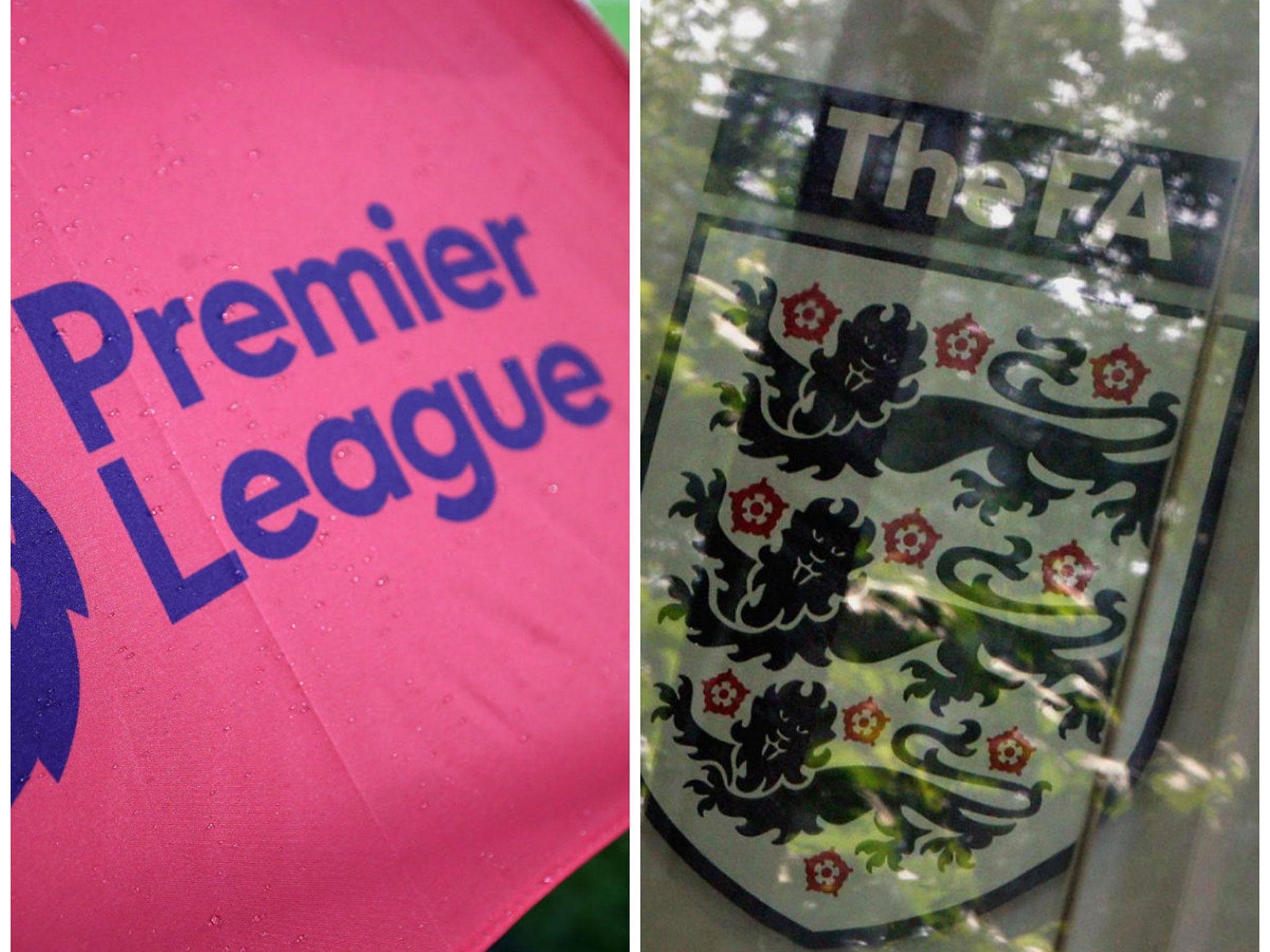
Your support helps us to tell the story
From reproductive rights to climate change to Big Tech, The Independent is on the ground when the story is developing. Whether it's investigating the financials of Elon Musk's pro-Trump PAC or producing our latest documentary, 'The A Word', which shines a light on the American women fighting for reproductive rights, we know how important it is to parse out the facts from the messaging.
At such a critical moment in US history, we need reporters on the ground. Your donation allows us to keep sending journalists to speak to both sides of the story.
The Independent is trusted by Americans across the entire political spectrum. And unlike many other quality news outlets, we choose not to lock Americans out of our reporting and analysis with paywalls. We believe quality journalism should be available to everyone, paid for by those who can afford it.
Your support makes all the difference.Based respectively at Wembley Stadium – the £798m concrete bowl opened in 2007 – and in the opulent comfort of Mayfair, London, the Football Association and the Premier League pull the strings when it comes to the modern game. With the majority of wealth in English football concentrated in their hands, the FA and the Premier League have the means to make or break the grassroots game.
So what exactly are they doing for the sport? Despite the bad press they receive, the FA and the Premier League stand as the largest grassroots investors in the country. A quick look at the numbers suggests as much. Via the Football Foundation, nearly £31.5m was invested by the FA into facilities throughout 2017. Compared to the organisation’s pledge of £12.75m in 2016, this upturn in investment alludes to the renewed sense of commitment to grassroots that is starting to emerge. In total, 300 facilities projects, 69 artificial pitches, 112 grass pitches and 54 changing rooms were rolled out by the FA last year.
Football’s governing body cannot be accused of twiddling its thumbs, and as it looks to further improve grassroots development – by 2024 it wants 80 per cent of grassroots football to be played on quality pitches – there is a sense that the body is wholly embracing its responsibility.
“While, in the past, the FA could have been accused of focusing too much on the elite end of the game, this is emphatically not the case today,” Paul Thorogood, chief executive of the Football Foundation, tells The Independent. “The FA recognises it role as the National Governing Body for all football, in all its forms, and particularly in its support for those who play football at the grassroots level simply for the love of doing so and to stay fit and healthy. The FA has fully recognised the challenges presented by poor facilities and is doing everything it can to help the Foundation resolve the issue.”
The FA’s new-found commitment to grassroots is encapsulated in its flagship Parklife programme, joint-funded by Sport England and the Premier League, which has been tasked with remedying the myriad issues prevalent within the game. Launched in October 2016, the initiative intends to establish a more accessible, sustainable model of grassroots football across 30 English cities and towns. This vision is taking form at the Sheffield Thorncliffe Parklife hub, which boasts two state-of-the-art 3G pitches, several changing rooms and a conference room, ensuring the demands of affiliated clubs as well as casual players are catered for.
Here, it costs £42 in total to hire quarter of a pitch during peak times while associated clubs can expect to pay £120 (£90 for key partner clubs) for a 90-minute game – any time of the year, regardless of the weather. Through this and other incomes, the FA is hoping that these ‘football hubs’ will generate sufficient revenue to sustain and maintain themselves as well as other football pitches and playing fields in the area, thus relieving the burden on cash-poor councils.
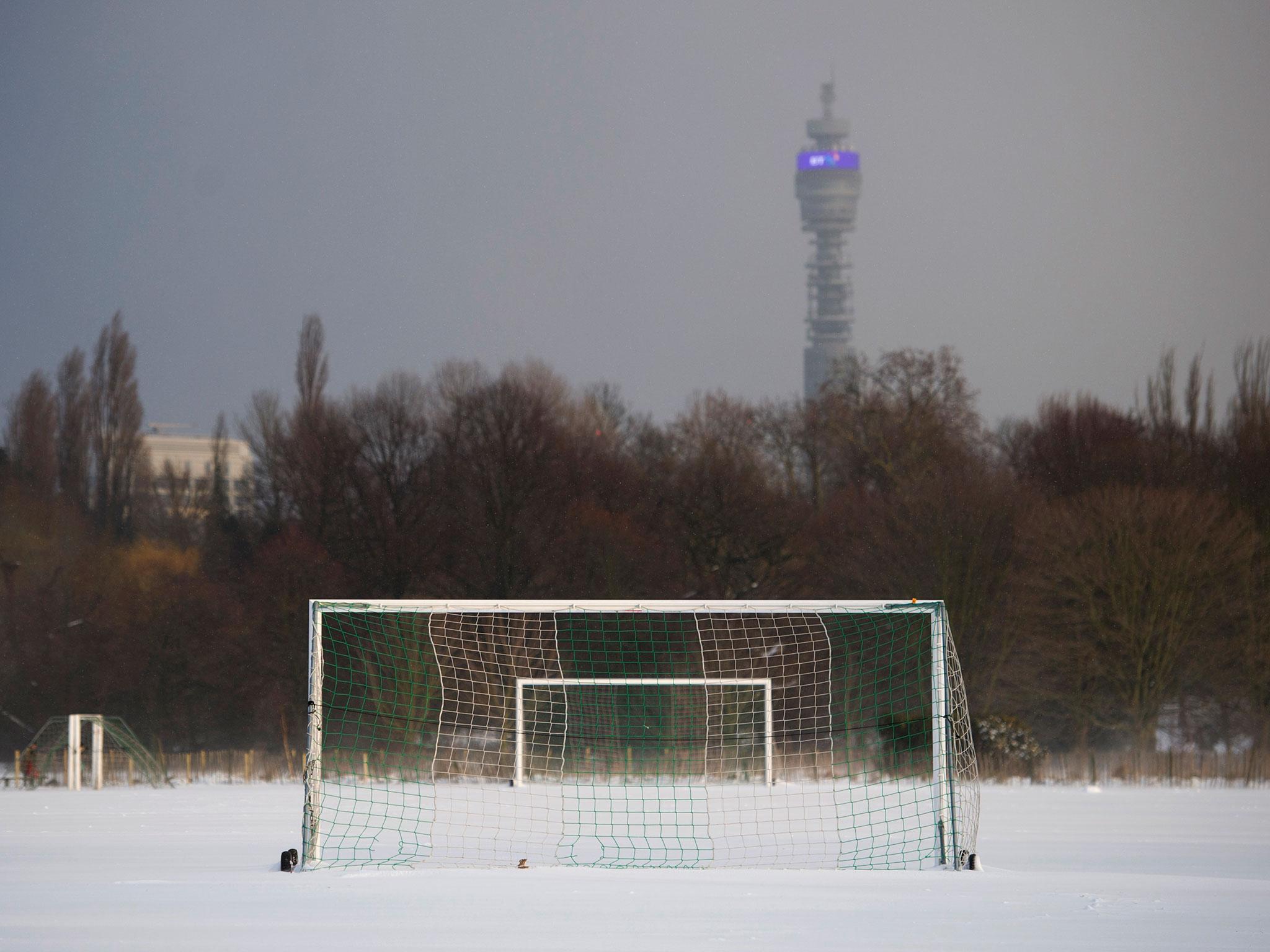
The FA has been keen to emphasise the bigger picture, though. Not only will Parklife cater for grassroots football but there’s a hope the hubs will be able to serve as key focal points within their respective communities. The facilities on offer means clubs will be able to offer outreach programmes – the Thorncliffe hub currently runs 1hr-long walking football sessions at £2 per person – host charity work, act as blood donation centres and help smaller, struggling clubs. As part of the community fabric, these Parklife hubs will raise the level of football on offer within the area but also help promote social cohesion. As one FA figure told The Independent, Parklife is “about more than just the green stuff”.
FA grassroots work – a snapshot
- Pitch Improvement Programme: Aims to deliver improvements to more than 2,000 grass pitches across the country
- Community Club Hub network: Investment in 150 of country’s biggest clubs to develop community development work
- 600 mini-pitches on school and club sites by 2024
- 1,000 3G pitches by 2020
- 3,200 SSE Wildcats centres by 2020
- Aiming to deliver 64,000 Level One coaches for grassroots community
- £50m to be invested in women’s football in next six years
- £120m invested in facilities since 2010
- More than 200,000 qualified coaches since 2010/11
But it won’t be without its problems. The worry is that Parklife will cater exclusively for those clubs and individuals that can afford it while those without the means will be priced out, forcing them to settle for lesser facilities elsewhere or, worse, forcing them out of the game entirely given the lack of public playing spaces. More significantly, in catering for ‘astroturf football’ there are concerns within the grassroots community that, with more and more public green-space disappearing each year, the options for children to simply kick a ball about at free will are vanishing.
Realistically, kids won’t be able to spill out after school and head down to their local Parklife centre. There are fees to pay, pitches to book in advance, and ‘peak hours’ to take into consideration. This bureaucratic environment is hardly conducive to the traditional forms of football that many of us grew up with.
“You need to be able to give people the chance to play whether they’re brilliant or just love hanging out with their mates and having a kick about for a few hours,” Jen O’Neill, editor of She Kicks, tells The Independent. “School fields: how many boys and girls grew up playing on school fields day after day that are now fenced off and you can’t access them? I think that’s actually a massive issue, the selling off of playing fields. That’s a big a problem to me as anything from the very grassroots end of the game.
“Everybody gets excited when a new 4G pitch opens up but that sort of negates the fact that all of the open playing fields that we all grew up on aren’t available anymore. They’re brilliant for you and me but what about seven- and eight-year-olds? How many of them play with jumpers for goalposts anymore? That’s not a criticism of them but where can they do that? I know it’s all cliched, but it’s actually true.”
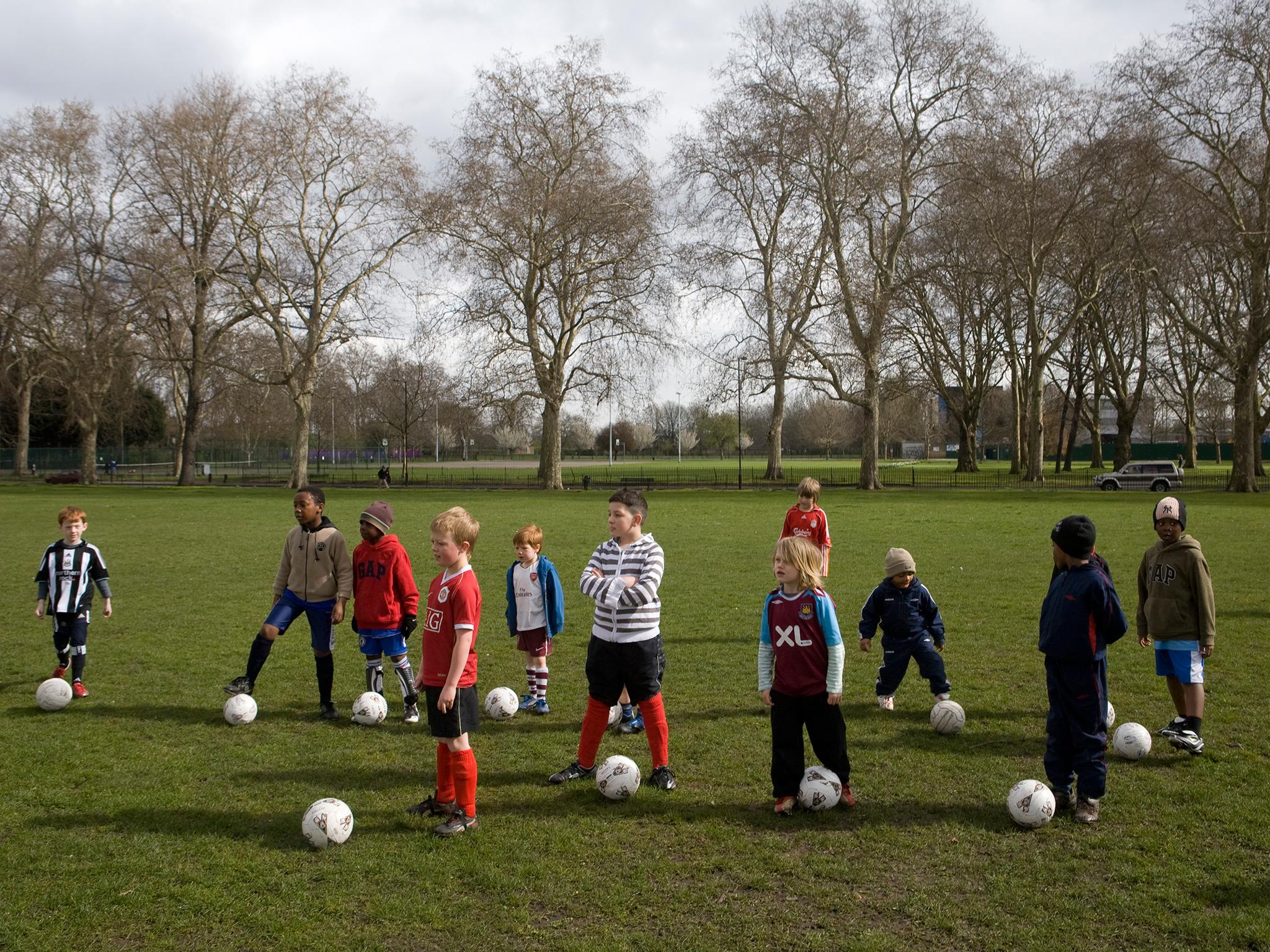
From a club perspective, Parklife offers great benefits for those associated with a hub but this won’t be the case for those forced to go it alone due to financial reasons or distance. In the case of the Sheffield Thorncliffe Parklife hub, only two clubs are fully affiliated with the centre. Unsurprisingly, numerous clubs have told The Independent that the £150m spent on funding this initiative would have been better spent addressing local clubs’ individual demands.
Still, although in its early stages, the programme points to the sort of forward-thinking needed to rejuvenate grassroots football. Having identified poor pitch quality and rundown facilities as significant barriers to participation in sport, and given the decreasing role of local government within community sport, the FA is actively attempting to boost the game’s inclusivity and sustainability. However, the organisation still has a responsibility to provide and maintain playing spaces that are accessible to all (the difficulty of this, as explored in Part 6, is compounded by local authorities' lack of funding). Without such spaces, grassroots in its simplest form simply won’t survive. The initiative has been lauded for its visionary approach but only time will tell if Parklife proves a success or fades away into irrelevance.
So where does the Premier League fit into all of this? It was announced only last month that the organisation currently has £1.6bn sitting in the bank while chief executive Richard Scudamore picked up £2.56m last year for his services. Such astronomical figures have caused widespread backlash when contrasted against the shoe-string budget England’s grassroots clubs get by on.
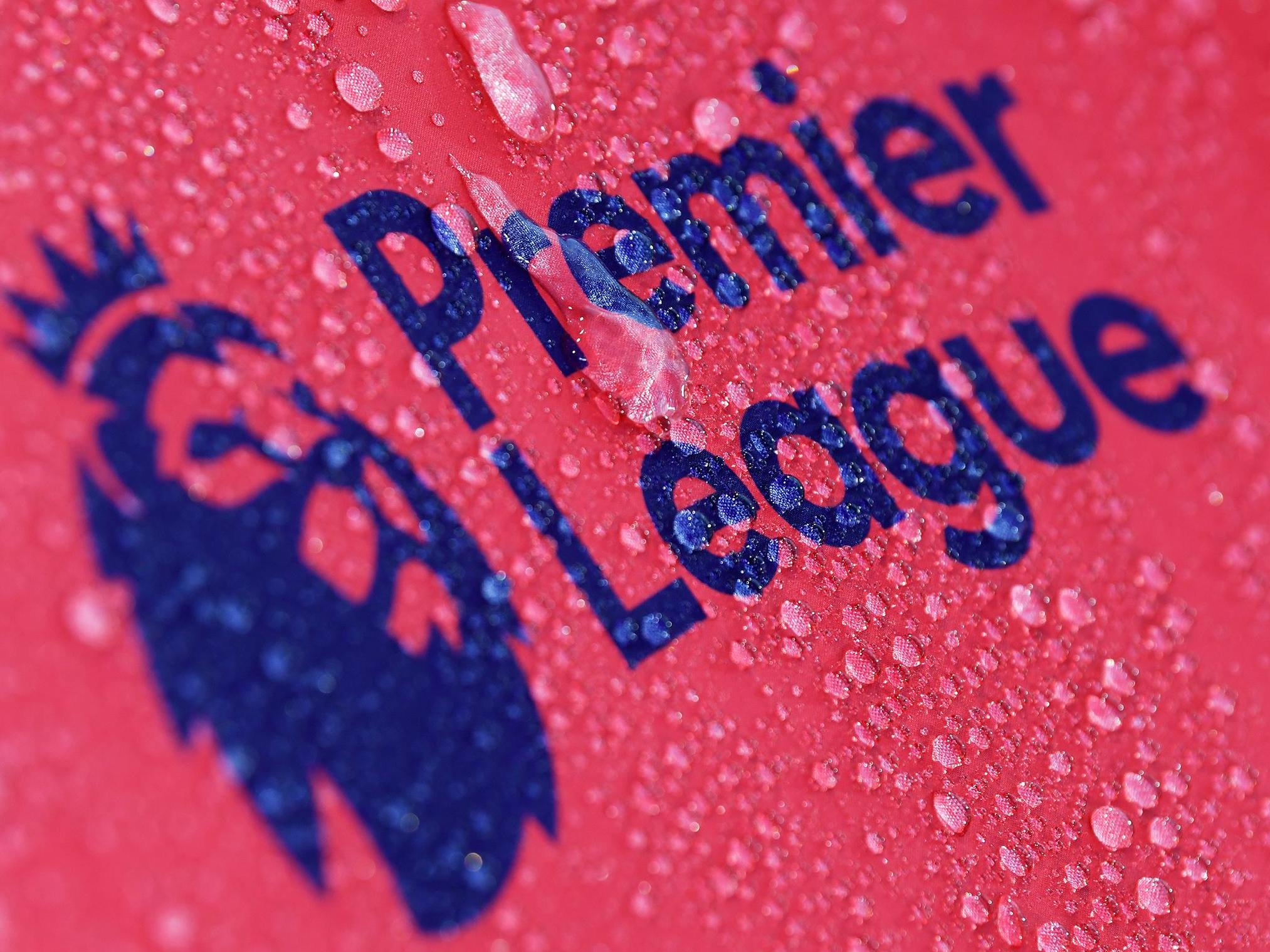
But to bash the organisation as a mercenary money-making machine is unfair. In recent years the Premier League has become increasingly aware of the power and reach of its own brand, having established a number of successful community schemes which aim to promote grassroots football. From Kickz to Premier League Primary Stars, the organisation is actively making its presence felt within local communities in a bid to get more children playing the sport. Primary Stars has been particularly well received – more than 12,000 schools up and down the country have so far registered with the programme – and the DCMS has been quick to give the programme “two big thumbs up”. The government in particular now feels it’s “pushing at an open door” with the Premier League.
But could it do more for grassroots? Well, yes. The exact amount the Premier League invests into the lower-end game varies across the board. The organisation itself insists it donated £100m to “good causes” and grassroots facilities last year, including club community grants, Primary Stars and the Football Foundation.
But out of this £100m figure, what percentage is spent on the core components of the grassroots game, such as facilities, pitch maintenance and coaches? The Football Foundation’s own annual financial review says that the Premier League donated £17.3m to the charity throughout 2017. Out of the remaining £82.7m, then, how much more was spent exclusively on the betterment of the grassroots game?
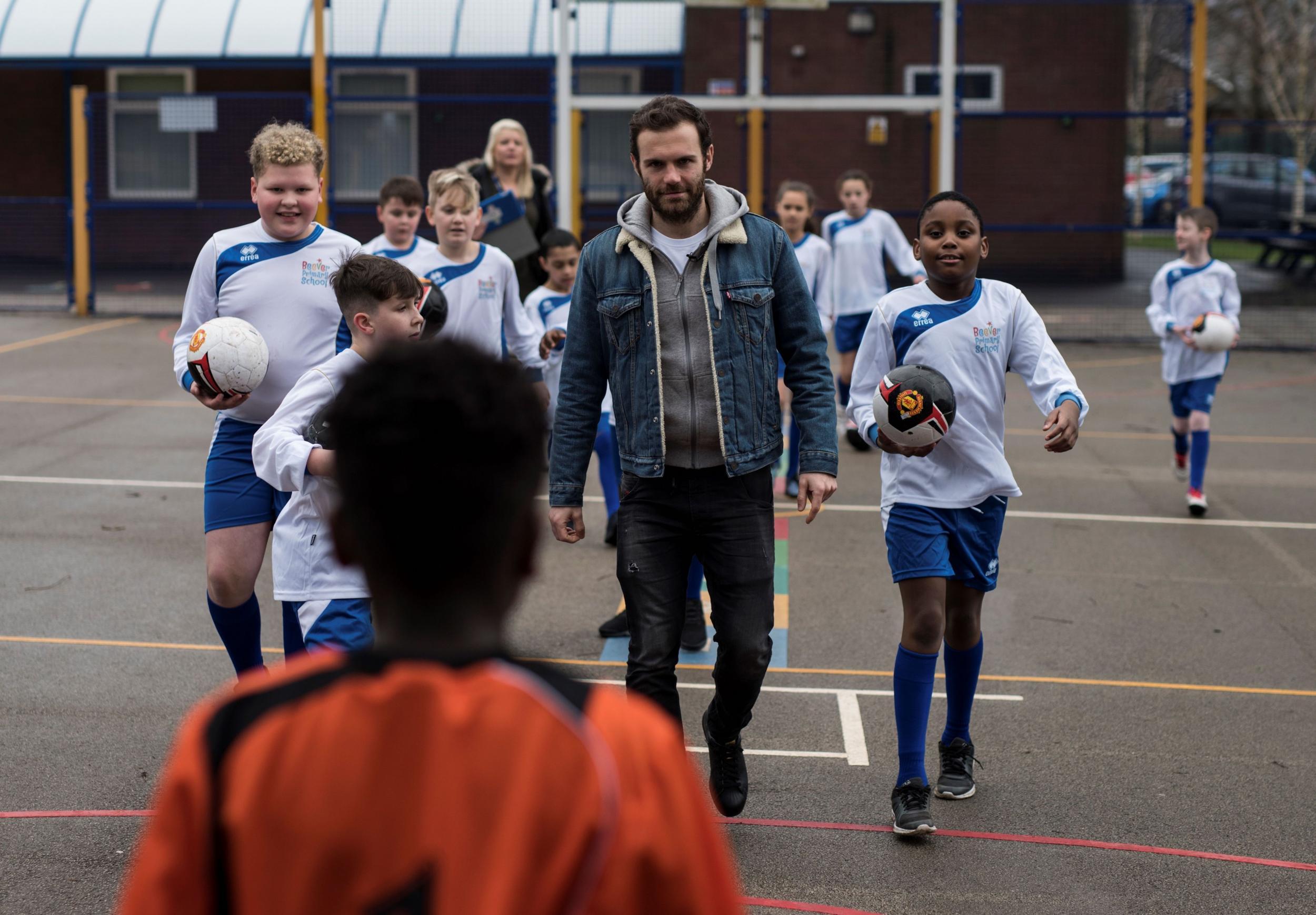
Sports minister Tracey Crouch raised this point three years ago. Having admitted she was “genuinely appalled” by the proportion of the Premier League’s TV income that is invested in grassroots football, the government minister said she planned to put pressure on the organisation to increase the £1bn it has promised to distribute outside the top flight. “That billion includes parachute payments so we expect roughly around a third to go to the grassroots,” she said at the time. “That is divided in various ways so by the time you get down to talking about artificial pitches it’s not very much money at all.” Crouch has since acknowledged that the Premier League makes a "significant contribution" to grassroots but insists "there is always more that can still be done".
The Premier League will naturally argue that, as a privately-owned company, its sole purpose is to make its football as lucrative as possible. One figure within the company told The Independent that the organisation faces an unjustified amount of pressure to delve into its own pockets for the sake of grassroots football.
But by the very nature of its ‘product’ and the business it’s involved in, the Premier League has a responsibility to go and above beyond the expected norm of a typical multinational. Compared to the likes of Apple and Amazon, the Premier League is unique in what it sells. More than just a pastime, football holds the potential to change lives, promote wellbeing and even soothe social anxieties. The Premier League’s product can inspire; can the same be said about Apple’s latest iPhone or Amazon Alexa?
The Premier League has taken significant steps forward in reaching out into local communities – and will continue to do so – but it must do more to channel the power and finance it wields into enriching the game’s roots. Both the Premier League and the FA are doing what they can but, still, we must ask: is it enough?
Look out for Part 6 of ‘The Nation’s Game’ series, which will be published tomorrow.
Join our commenting forum
Join thought-provoking conversations, follow other Independent readers and see their replies
Comments